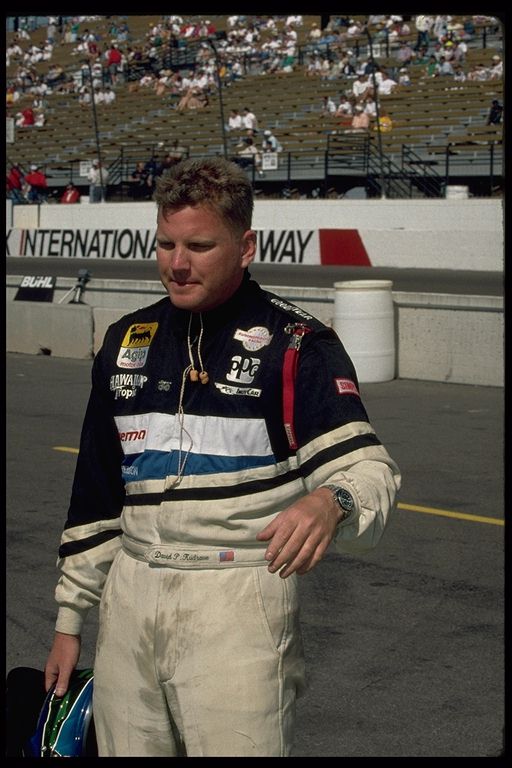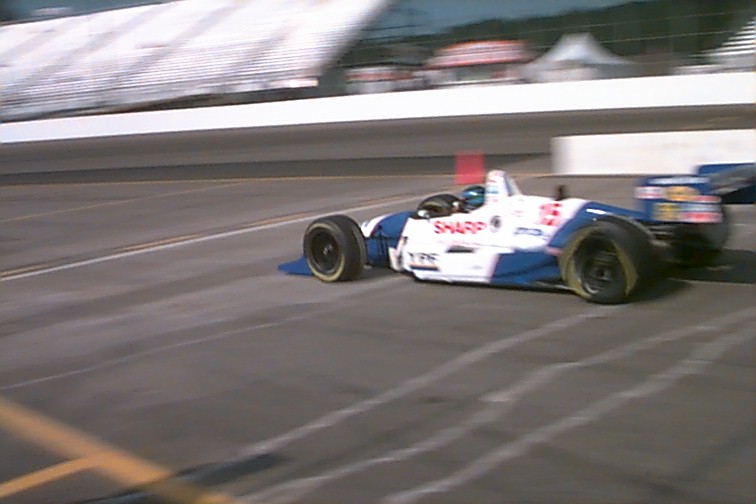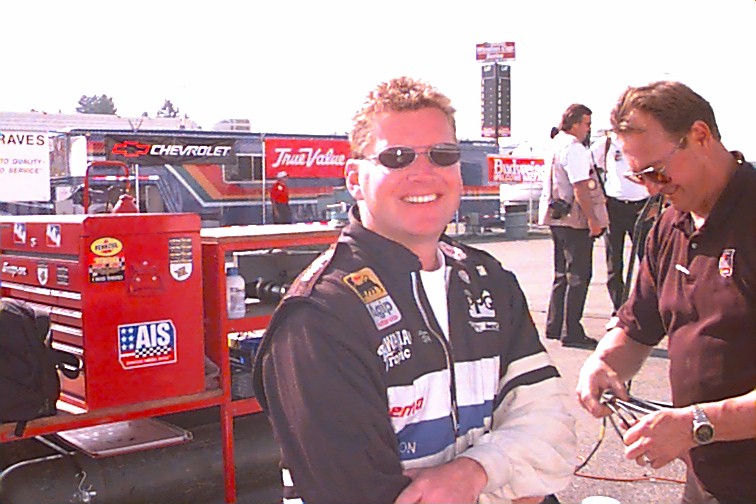An interview with David Kudrave
David Kudrave is pictured here at the 1996 race at Phoenix International Raceway. Photo credit: IMS Photo Archive
The Gist
In our latest story from the 1996 Indy Racing League season, we spotlight David Kudrave, driver of the Tempero-Giuffre entry, who spoke candidly about his brief return to IndyCar in 1996, his separation from the sport, and a “second” comeback two decades later.
Just four laps into the inaugural Indy Racing League race at Walt Disney World, David Kudrave returned to the pits and parked his five-year-old Lola-Buick, which had struggled with handling problems all weekend. After climbing out of his car, Kudrave was met by Jack Arute, the ABC Sports pit reporter who was eager for a positive soundbite about Tony George’s fledgling series.
“What does the IRL mean to you?” Arute asked Kudrave on the live television broadcast.
Ever the professional, Kudrave managed a smile and told the television audience, “It’s a new opportunity. For me, it’s an opportunity to drive again.”
Having been on the sidelines for two years, Kudrave was selected at the last minute to drive one of Bill Tempero’s Indy cars. With seven CART starts from 1993, including five on ovals, Kudrave had the right credentials for an all-oval Indy car series. In fact, he was one of the more promising racers of the junior open wheel ladder in the late-1980s and early-1990s, winning multiple races in Super Vee and then graduating to Indy Lights, where he earned several podiums against rivals such as Mike Groff, Paul Tracy and Ted Prappas. In 1992, he even dabbled in F3000, the last step before Formula 1, competing in the F3000 “World Cup” event in Argentina and finishing a creditable 11th against an international field.
After graduating to CART in 1993, Kudrave raced a partial season for Euromotorsports in a car that he shared with Andrea Montermini, Davy Jones and Christian Danner. Kudrave made his mark early with an 8th place finish at Phoenix. Following this achievement, he backed it up with another point-scoring result at Michigan, still running at the end of the grueling 500-miler.
David Kudrave
"I was fortunate to be able to have the experience of driving an Indy car and having the real, actual respect of my peers at that time."
Despite the promising results, Kudrave’s career stalled after a disastrous start in 1994 when he failed to qualify for the first three races with the struggling Euromotorsports team. Undeterred, Kudrave continued to look for IndyCar rides, and his persistence finally paid off at the start of 1996, albeit in one of the least competitive rides for a race that was marked by the politics of the CART/IRL split.
Speaking to us in 2022, Kudrave recalled the events leading up to his comeback: “One of Bill Tempero’s sponsors - the Giuffre Brothers - had been involved at [Euromotorsports] and they became uncomfortable with Bill driving one of the cars with no [recent] oval experience and brought me in to help.”
The deal came together so late that Kudrave missed the opening practice and first drove the car in afternoon practice. Even as an oval veteran, Kudrave had to re-adjust to the tremendous power of the Indy car.
“Leaving the pits, I could not believe the acceleration – I forgot how strong it was,” said Kudrave. “I was not driving the car and was not ahead of it at the beginning – I was so behind it. Eventually I was able to feel the handling and the speed in my mind became reasonable.”
As fast as the car felt, it proved to be no match for the leaders. Kudrave posted a best lap of 153.774 mph during the session, while Richie Hearn topped the afternoon charts at 181.827 mph. It was clear that the car did not have a good set up, and the team lacked an engineer to sort it out. Predictably, Kudrave qualified last, 7 mph adrift of the next slowest qualifier, and 35 mph slower than the pole sitter.

David Kudrave still wore his Euromotorsports suit in 1996; his new team evidently did not have the budget for a new suit! Photo credit: Indy Racing League, via the Internet Archive
After the early retirement at Orlando, Kudrave insisted that he would only drive the car with a “real race engineer.” The team promptly agreed to hire Lee Dykstra, a veteran engineer who had previously worked with Kudrave at the 1993 Michigan 500.
With Dykstra in charge of the engineering, “the car actually became pretty safe and good to drive,” said Kudrave. However, even though the car’s handling woes were solved, the aging stock-block Buick V6 still struggled for performance. “It was like an on/off switch and did not have a smooth delivery like the Cosworth did.”
At the next race at Phoenix, Kudrave qualified second slowest, only ahead of Michele Alboreto who had fuel system problems during qualifying. Still, his qualifying speed of nearly 161 mph was clearly an improvement over his pace at Orlando. During the race, Kudrave ran steadily in mid-pack until running out of fuel in the closing stages of the race. But he had done enough to score a top 10 finish, and in doing so, he helped the Tempero-Giuffre team lock in Car #15 for the Indianapolis 500, in accordance with the “25/8 rule” which guaranteed a starting position for the top 25 entrants in the two races leading up to Indy.
Unfortunately, Kudrave himself was out of a ride for Indy, as the Tempero-Giuffre team went with the rookie driver Justin Bell, who also brought sponsorship to the team.
Kudrave still turned up to the Speedway at the beginning of May, hoping to make the show with another team. Kudrave shared with us an interesting “what-if” story: “I had intended to see if I could get into a back up car – and almost did. Cary Agajanian was my ‘manager’ that year. I forgot how the initial deal was set up, but Fred Treadway agreed that when Arie [Luyendyk] qualified I could jump into the backup. Well, Arie’s car was disqualified [due to being underweight], so I was out.”
Luyendyk later drove that backup car to a stunning 237.498 mph qualifying track record that still stands today.
Having friends in CART as well, Kudrave noted that he was also close to racing at the inaugural U.S. 500, which was to run the same day as the 1996 Indianapolis 500.
“CART was really trying to get a big field and the teams had been pushed to fill back-up cars. So, I’m in the garage area of Indy and someone came up to me and indicated that Derrick Walker was trying to get a hold of me. He wanted to put me in one of his cars, but by the time I reached him, he had already filled it.”
That Walker ride went to Fredrik Ekblom, who ultimately failed to make much of an impression in the race, retiring after only 11 laps with an engine failure.
As for Kudrave, he raced an Indy car only once more, at the opener of the 1996-97 IRL season at New Hampshire. He was back with the Tempero-Giuffre team, but the car was a newly-acquired 1993 Lola-Buick, which had failed to qualify for the Indianapolis 500 with Randy Tolsma.
Again, the car proved uncompetitive, and the clutch broke after 118 laps.

David Kudrave leaving the pits during his last race weekend at the New Hampshire Motor Speedway in 1996. Photo credit: Indy Racing League, via the Internet Archive
“When I got out of the car, I knew it was my last race and I was not going to pursue anything [further] in motorsport,” Kudrave said of his retirement. “With the split series, the opportunities were very small and not great, so I made the decision to move along into commercial real estate and residential development.”
“I don’t believe it had an impact on the decision to move on, but my childhood friend Jeff Krosnoff was also killed [the month before, at the 1996 CART race at Toronto]. He and I had constantly competed on the track growing up.”
In those heartbreaking circumstances, Kudrave walked away from the sport and even stopped going to the races for over twenty years while forging a successful career as a real estate professional.

David Kudrave had a tough weekend at New Hampshire, but he was already looking forward to a new career in real estate. Photo credit: Indy Racing League, via the Internet Archive
By chance, his interest in the sport was rekindled in 2018 when IndyCar organized an event to celebrate Mario Andretti’s last win at Phoenix, and Kudrave was invited to a reunion of drivers that participated in that race.
“During that weekend, I ran into Rico Nault, one of my team members at Euromotorsports who became VP of Operations at Rahal Letterman Lanigan Racing. He said he was in a jamb for Indy and needed a spotter, so I agreed to help out. That turned into around 4-5 years of spotting Turn 1 at Indy. I’ve known Bobby [Rahal] for a long time, and in fact, the car I drove in ’93 was his championship car from the year before. The team really took care of me. It was a big time commitment and I enjoyed it, but [subsequently] I started some projects that would not allow me to continue. I can say though, I have an Indy 500 winner’s ring [from spotting for Takuma Sato in 2020]!”
From being one of the rising stars in the sport, then leaving the sport entirely at a relatively young age, and then returning to be a part of a winning Indy effort, Kudrave has had quite an adventure in motor racing. With that, let’s revisit the question that Jack Arute asked of him so many years ago:
David Kudrave, what does IndyCar mean to you?
“I was fortunate to be able to have the experience of driving an Indy car and having the real, actual respect of my peers at that time. When I finished 8th at my first IndyCar race at Phoenix in 1993, Mario came over to our transporter and he mentioned I did a good job! The results don’t show it, but we were competitive at most races in ‘93, but had issues where we did not finish a lot of them.”
“Not just IndyCar, but motorsports in general has been very important to me. It’s also opened up a lot of doors personally and professionally. I literally grew up at race tracks – karts, Jim Russell series, Riverside Raceway, Laguna Seca - those were my homes during my childhood and young adult life during most weekends.”
“Coming up in the junior formulas, I was competing for wins and championships – so those in the know – know about me!”
Like this type of content? Want more?
Submit your email address below so we can email it to you.
